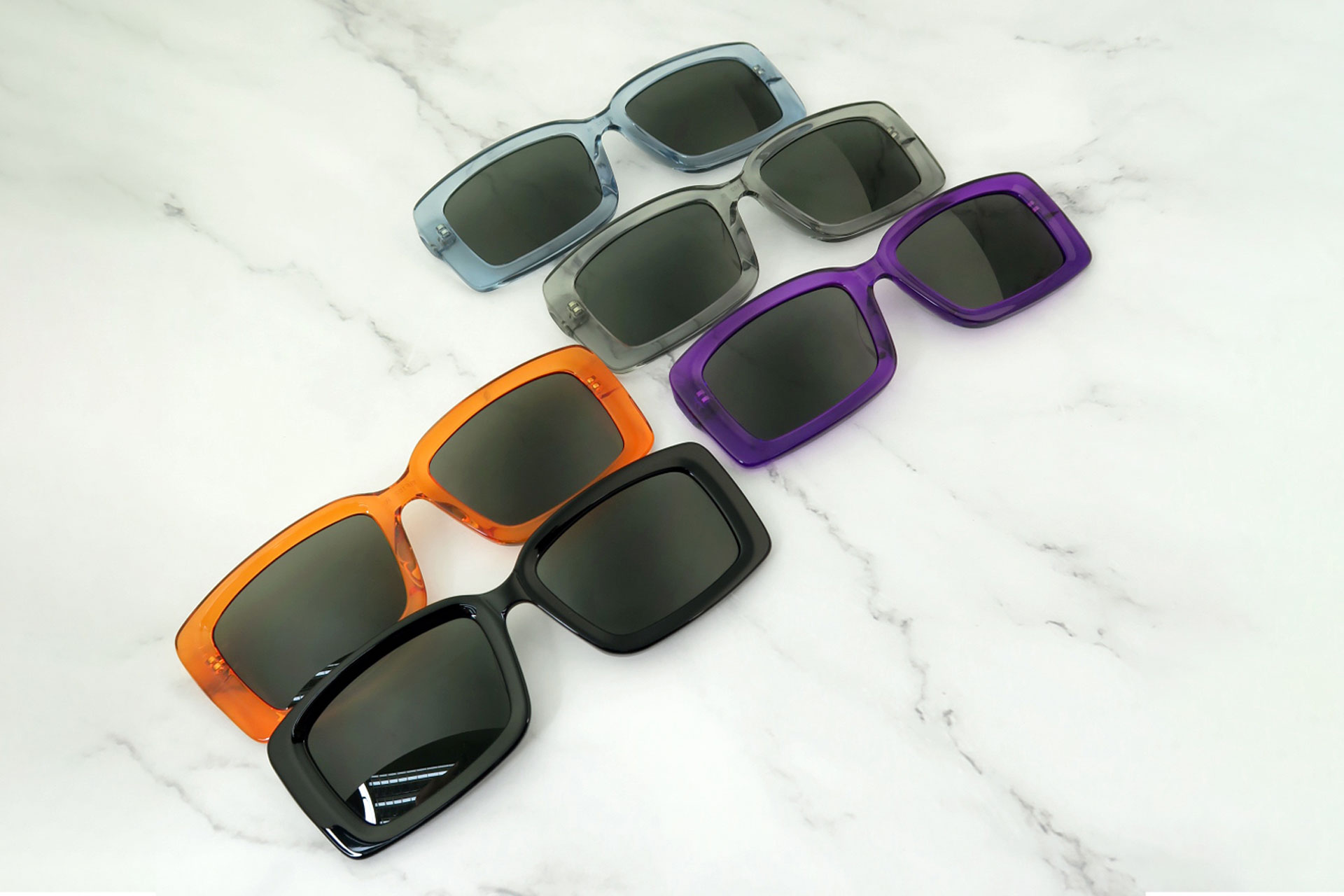Interview with Kevin Ching from Hong Kong S.A.R., China

Interview with Peiyang (Camille) Li from China
September 19, 2023
Interview with Shahen Markarian from United States
September 20, 2023Kevin Ching
Kevin Ching, the Founder and Creative Director of BIG HORN, has been in the eyewear industry since 2011, driven by a lifelong passion for design. He has turned his love for fashion and eyewear into a successful career, crafting avant-garde, unisex eyewear for his brand, making it accessible to a broad audience.
Interview With The 2023 London Design Awards Winner – Kevin Ching
I am the Founder and Creative Director of BIG HORN, a designer eyewear brand. I have been involved in the eyewear industry since 2011 and my passion for design began in my teenage years. I have successfully turned my love for fashion and eyewear into a career, developing avant-garde and fashion-forward eyewear styles for my label. My vision is to create designs that are accessible to everyone, and I have achieved this by producing unisex styles.
In addition to my commitment to fashion, I am also dedicated to sustainability. Since 2018, I have been using sustainable materials for my collections as part of my major project to protect the environment and promote ethical production practices. I have established myself as a prominent figure in the eyewear design world, and my designs have won numerous international awards for my butterfly eyewear. I am also a member of the United States Accessories Council and China Fashion Designer Association (Accessories field) respectively.
My designs have been featured in prominent publications such as Vogue (UK), Tatler (UK), Traveller (UK), Candid, WWD, GQ Brazil, Pump Magazine, Picton' Magazine, Numero, and more. Many celebrities, artists, and stylists from the United States and the United Kingdom have expressed their interest in my designs. I have collaborated with notable brands including Justice League and Swarovski.
I tried to do different approach to research via primary data and secondary data from the fashion industry which includes going through magazines and observing fashion shows. I make a habit of reviewing these date to evaluate incoming trends and needs for the people.
This helps to inspire me to generate new ideas in order to make good designs for the people. My job also includes making new drawings and gather new materials and colours for coming collections.
I believe that sustainability is an important topic for all products. Apart from sustainability, we would have to include reducing wastage into the efforts of making a product. When I designed this collection, I incorporated bio-based and biodegradable materials. People can buy the parts for replacement if part of the design damaged or if they would like to change styles. In the end, it would severely decrease the environmental impact on the earth.
In this specific collection, I've created three different eye-shapes. These eye-shapes consist of rounded, rectangular, and wayfarer styles. I chose these designs because they have a stylish and modern appearance. The temple design features an embossed surface with a textured, sharp, and bold appearance, making it distinctive. Additionally, there are challenging colour choices to make and coordinate with. This allows individuals to pick their preferred colours and match them with various outfits to express their unique styles.
I don't think my country plays a role in my designing process but more of a combination of countries worldwide. I believe that design is a creative process that involves problem-solving and creating solutions that are both functional and aesthetically pleasing. Cultural heritage can play a significant role in this process, influencing the design choices made by individuals and communities. It encompasses the beliefs, customs, practices, and traditions of a particular group or society. It can include everything from art and literature to architecture and design. Cultural heritage is often passed down from generation to generation and can have a profound impact on the way people think, behave, and create.
In the design process, cultural heritage can influence the materials used, the colours chosen, and the overall aesthetic of the design. For example, in traditional Japanese design, natural materials such as wood and paper are often used, and the colour palette is typically subdued and earthy. This aesthetic is influenced by the natural landscapes of Japan and the country's emphasis on simplicity and harmony.
In other words, cultural heritage does have some impact on my designs, particularly European and Chinese culture and the reason being is that people love different cultures. They enjoy having a design that incorporates both European and Chinese cultures because it looks different and the results are always eye-catching! Hence, I incorporate these concepts into my design process, creating new products inspired by heritage buildings and antique items, all with the aim of meeting their specific needs.
One of the challenges that we faced that had a big impact on the development of the sunglasses were the fact that it was not done by injection, a moulding process that is a common and efficient method for making parts of sunglasses and it is made of acetate. Making different parts fit perfectly can be quite tricky when you have to swap them out for a new set.
However, the technical team over at the factory assisted to modify the shape of the temple that it is more easier to fit into the front, even new pairs. As a result, we were able to develop such things to people, and achieve our goal!
The design industry is a fascinating field that encompasses a wide range of disciplines, from graphic design and industrial design to fashion design and architecture. Here are three great things about the design industry that are a personal favourite of mine:
Creativity:One of the most compelling aspects of the design industry is the opportunity to express creativity. Designers have the freedom to experiment with different colours, shapes, textures and materials to create something unique and beautiful. It's incredibly rewarding to see an idea take shape and come to life through the creative process.
Problem-solving: Designers are problem-solvers at heart. They have the skills and expertise to identify problems and create solutions that are both functional and aesthetically pleasing. Whether it's designing a user-friendly website or a comfortable piece of furniture, designers are always looking for ways to improve people's lives through design.
Collaboration: Design is a collaborative process that involves working with clients, colleagues, and other professionals. Designers must be able to communicate effectively and work well with others to bring a project to fruition. The design industry offers opportunities to work with people from different backgrounds and disciplines which can be both challenging and rewarding.
In other words, the design industry is an exciting and dynamic field that offers opportunities for creativity, problem-solving, and collaboration.
Design is a highly competitive field, and standing out from the crowd can be a challenge. To create a design that sets itself apart from others in the same category, it's essential to focus on a few key areas of my design:
Innovation: One of the most effective ways to create a design that stands out is to innovate. This means thinking outside the box and exploring new ideas and techniques. An innovative design can capture people's attention and leave a lasting impression.
User Experience: A design that prioritises user experience can also set itself apart from others in the same category. A good design should be intuitive, easy to use and functional. By focusing on the needs of the user, a designer can create a design that stands out from the competition.
Attention to Detail: Attention to detail is critical in design. Small touches can make a big difference and set a design apart from others in the same category. By paying close attention to typography, colour, and spacing, a designer can create a design that is visually appealing and memorable.
Brand identity: A design that effectively communicates a brand's identity and values can also set itself apart from others in the same category. By understanding a brand's personality and target audience, a designer can create a design that resonates with people and sets the brand apart from its competitors.
Quality: Finally, the quality of a design can set it apart from others in the same category. A well-executed design that is crafted with care and attention to detail can elevate a brand and establish it as a leader in its field.
Lastly, I think that the most important on the design is everything from the heart. Think about needs, think about people and you will produce great designs!
Winning Entry
Magical | 2023
Our latest designs in 2023 is based on the sustainability issue. We designed 3 styles with 9 colours for Front, and 12 …
(Read more at London Design Awards)
Kevin Ching
BIG HORN
Kevin Ching, the Founder and Creative Director of BIG HORN, has been in the eyewear industry since 2011, driven by a lifelong passion for design. He has turned his love for fashion and eyewear into a successful career, crafting avant-garde, unisex eyewear for his brand, making it accessible to a broad audience.
Read more about this interview with Simin Gu from the United States, the Gold Winner of the 2023 London Design Awards.


